Archives
- 2025-12
- 2025-11
- 2025-10
- 2025-09
- 2025-03
- 2025-02
- 2025-01
- 2024-12
- 2024-11
- 2024-10
- 2024-09
- 2024-08
- 2024-07
- 2024-06
- 2024-05
- 2024-04
- 2024-03
- 2024-02
- 2024-01
- 2023-12
- 2023-11
- 2023-10
- 2023-09
- 2023-08
- 2023-07
- 2023-06
- 2023-05
- 2023-04
- 2023-03
- 2023-02
- 2023-01
- 2022-12
- 2022-11
- 2022-10
- 2022-09
- 2022-08
- 2022-07
- 2022-06
- 2022-05
- 2022-04
- 2022-03
- 2022-02
- 2022-01
- 2021-12
- 2021-11
- 2021-10
- 2021-09
- 2021-08
- 2021-07
- 2021-06
- 2021-05
- 2021-04
- 2021-03
- 2021-02
- 2021-01
- 2020-12
- 2020-11
- 2020-10
- 2020-09
- 2020-08
- 2020-07
- 2020-06
- 2020-05
- 2020-04
- 2020-03
- 2020-02
- 2020-01
- 2019-12
- 2019-11
- 2019-10
- 2019-09
- 2019-08
- 2018-07
-
After incorporation of random nucleotides by TdT during heav
2021-06-08
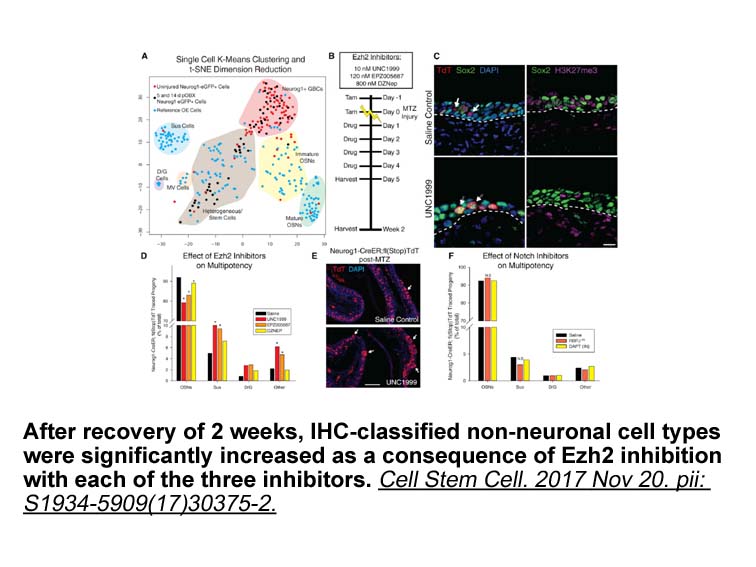
After incorporation of random N6-Methyl-dATP australia by TdT during heavy-chain rearrangements, both TdT and pol λ may perform in trans polymerase activity (in unknown proportions), whereas synthesis of the complementary strand can only be achieved by pol λ using its gap-filling activity, which Td
-
The Rev protein is a crucial
2021-06-08
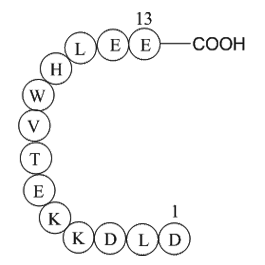
The Rev1 protein is a crucial regulator of TLS activity because of its structural function [10]; therefore, we focused on Rev1 to investigate how Dot1/Rad53 function impinges on TLS-dependent mutagenic bypass of MMS-induced lesions. In particular, we examined Rev1 localization to chromatin by immuno
-
Cystatins are potent inhibitors of cysteine
2021-06-08
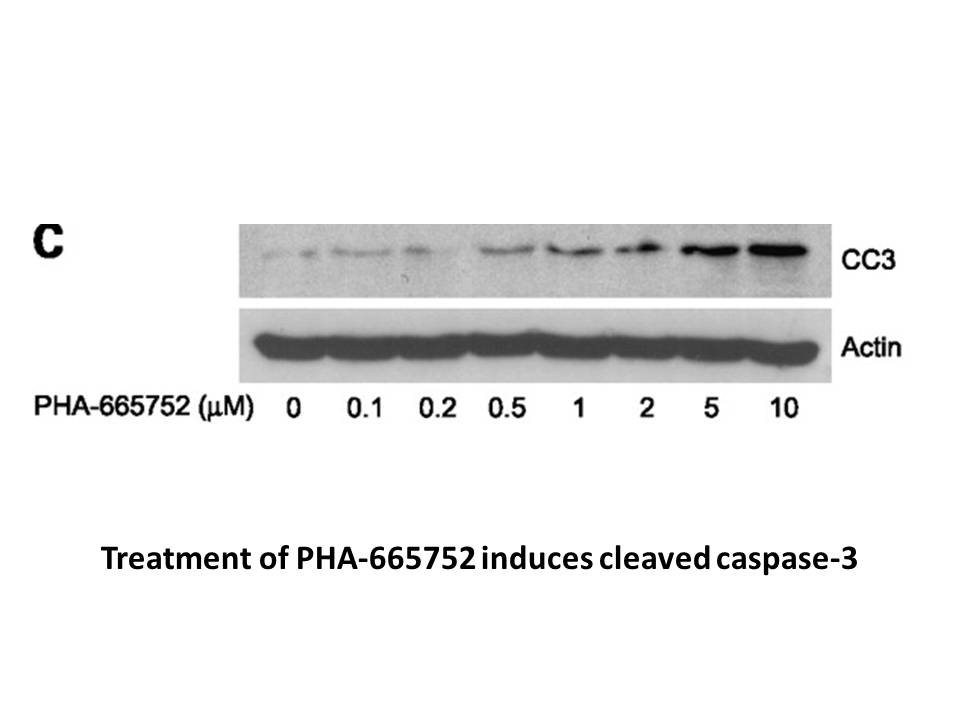
Cystatins are potent inhibitors of cysteine proteases from the C1A family. These inhibitors primarily reduce the activities of cathepsin L-like proteases, although high concentration of barley cystatin hampers the degradation of storage proteins caused by cathepsin F-like protein (HvPap-1) (Cambra e
-
br Material and methods br Results br Discussion The present
2021-06-08
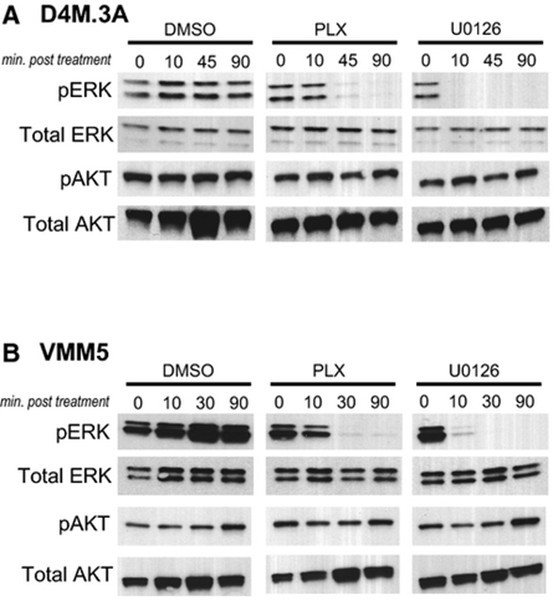
Material and methods Results Discussion The present study shows that peripheral administration of the nonpeptidic corticotropin-releasing factor CRF1 receptor antagonist CP-154,526 before a social defeat inhibits the development of CPP induced with a subthreshold dose of cocaine and reverse
-
RQ What are the different factors
2021-06-08
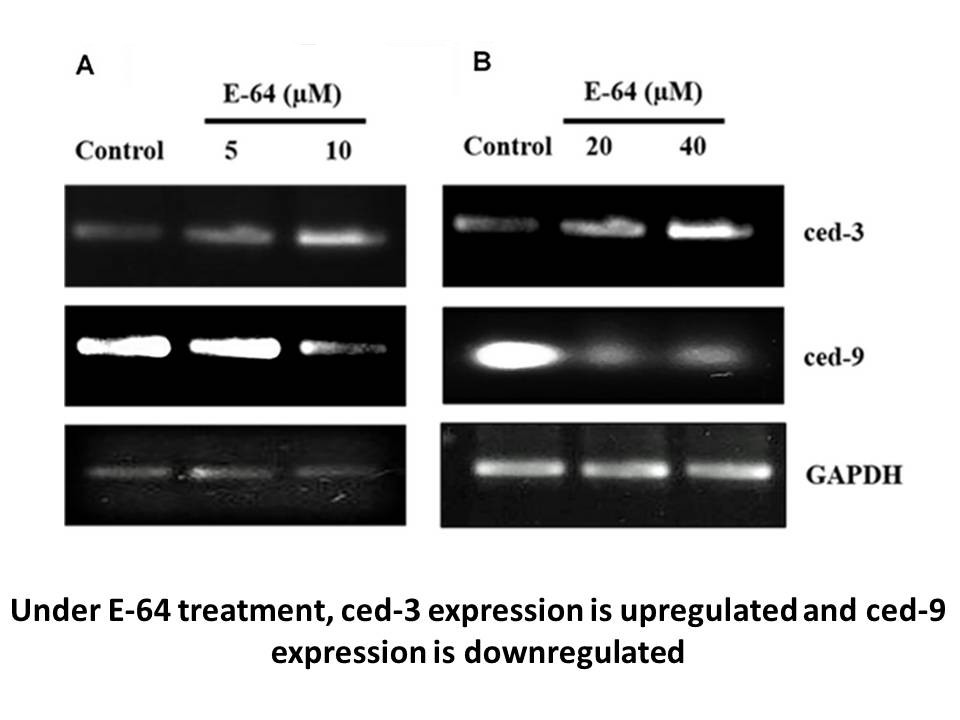
RQ2: What are the different factors that influence the decision to choose among different component origins? In total eleven factors grouped into three high-level themes that influence the decision to choose a component origin were identified. The project metrics factors are: time, cost, effort and
-
Interestingly several ES cell lines are null for p
2021-06-08
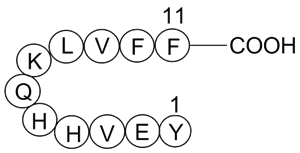
Interestingly, several ES cell lines are null for p53, possibly because the EWS-FLI1 chimeric protein can directly and indirectly interfere with p53 activity [38], [39]. The inhibition, loss and/or mutation of p53, one of the most common events in tumorigenesis, results in a decreased oxygen consump
-
br Materials and methods br Results and discussion
2021-06-07
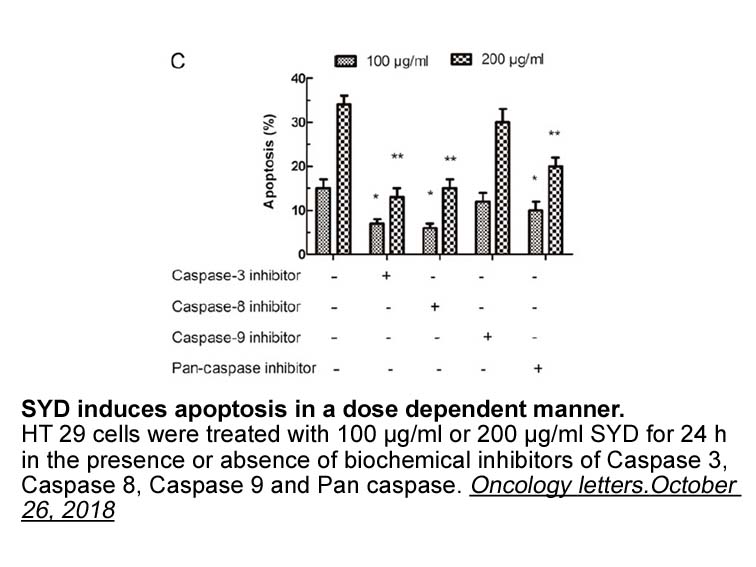
Materials and methods Results and discussion Concluding remarks Together, the results of the theoretical kinetic simulations and of the analysis of the experimentally determined kinetic data of SoBADH performed in this work show that ignoring substrate inhibition causes potentially importan
-
134 4 mg Ample evidence has shown that ET system plays a piv
2021-06-07
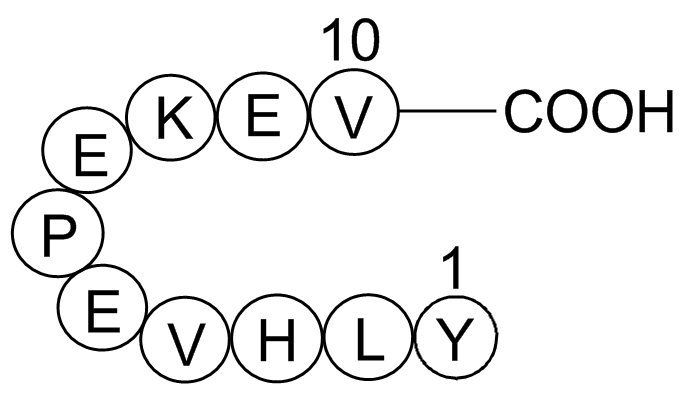
Ample evidence has shown that ET-1 system plays a pivotal role in the development of cardiovascular anomalies and pharmacological inhibition of ETA prevents the development of cardiac hypertrophy [[37], [38], [39]]. Yanagisawa and coworkers, who first reported the cardiomyocyte-specific endothelin A
-
In summary we elucidated the in vitro activities
2021-06-07
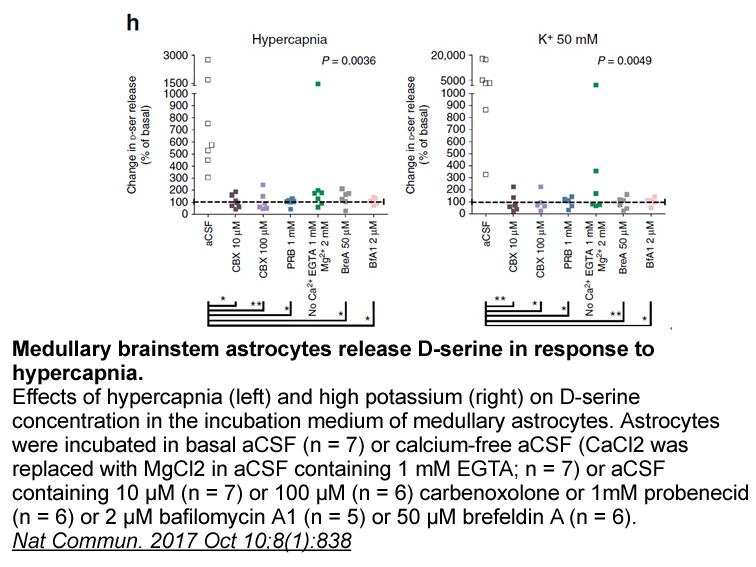
In summary, we elucidated the in vitro activities of KDM1B in regulation of PC cell proliferation and apoptosis. These studies provided a novel insight into the previously unrecognized roles of KDM1B in human PC cells. We showed for the first time that KDM1B knockdown attenuated proliferation and in
-
Oxysterols modulate the immune responses and as such could
2021-06-07
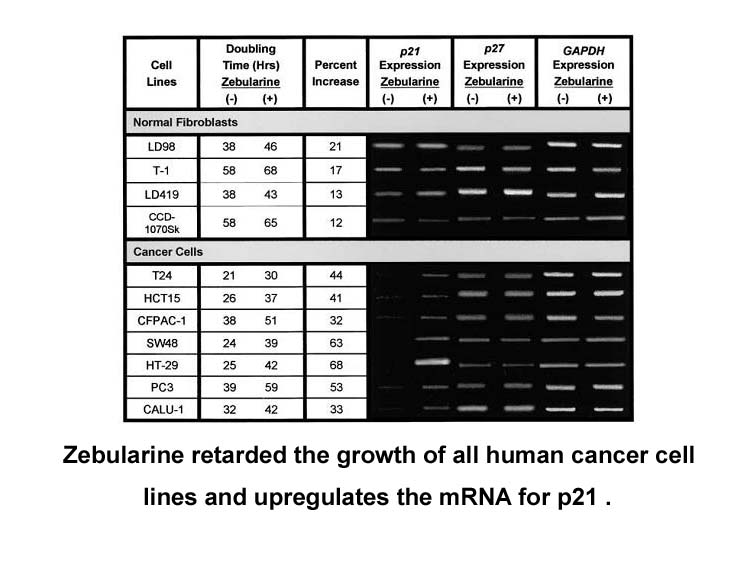
Oxysterols modulate the immune responses and as such could be effectors of the tumor environment: 25-OHC impairs IgA production in B-lymphocytes [26] and induces the secretion of the proinflammatory and angiogenic cytokine IL-8 [27], [28]. Of note, oxysterols (in particular 7α,25-OHC) are potent che
-
vegf inhibitor br DNA end processing enzymes The simplest DS
2021-06-07
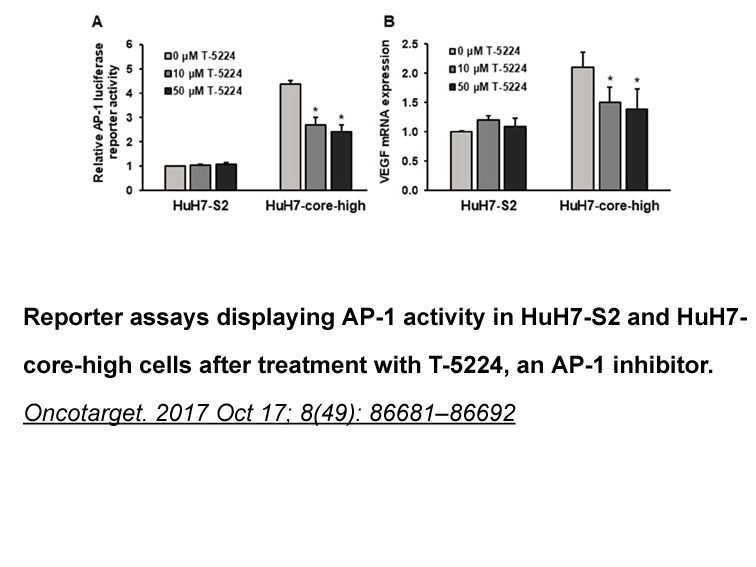
DNA end processing enzymes The simplest DSB is one that consists of two blunt DNA ends as these termini can be re-joined without processing. However, DSBs induced by ionizing radiation and reactive oxygen species are notorious for producing DNA ends which are non-ligatable (“dirty ends”) and thus
-
Mutation in BRCT II domain W R either in the
2021-06-07
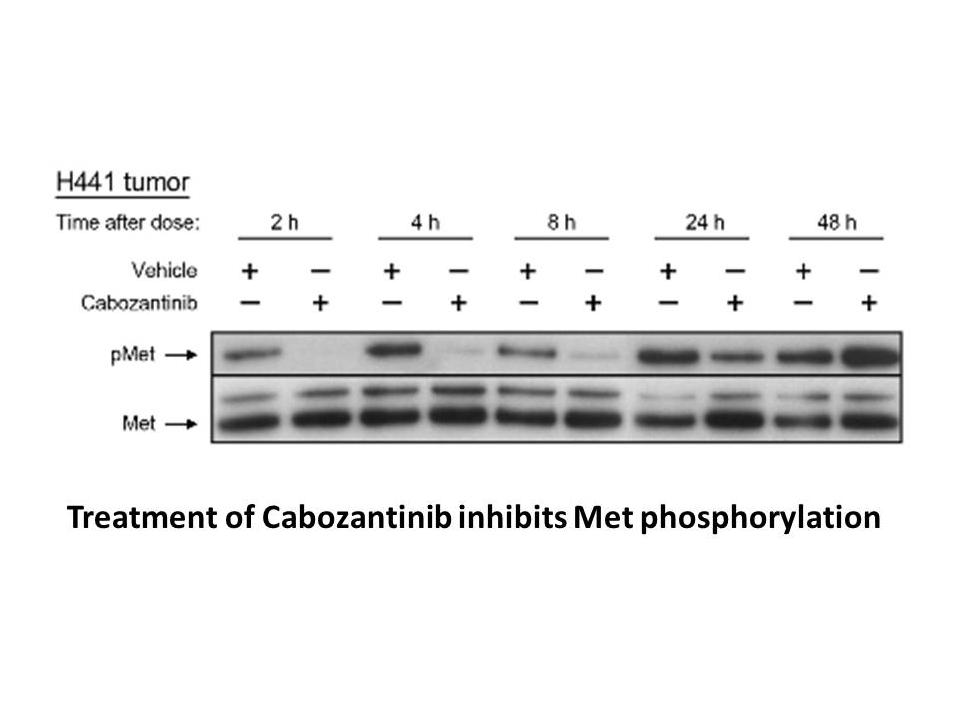
Mutation in BRCT-II domain (W893R) either in the full-length context or the C-terminal context greatly reduced the expression of LIG4 (Fig. 2B, Fig. 3B), suggesting the importance of BRCT-II domain in the maintenance of LIG4. In this regard, it might be noted that LIG4 protein was undetectable in Li
-
PF 4800567 hydrochloride Targeting both PARP and DHODH for a
2021-06-07
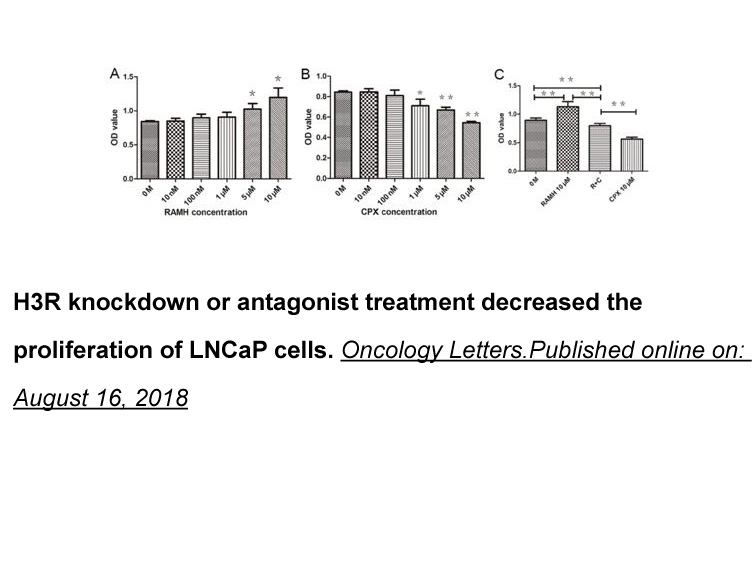
Targeting both PARP-1 and DHODH for anti-cancer therapy would certainly be beneficial as these enzymes share a common role in the DNA replication and repair mechanisms which are involved in the hyper-proliferation of cancer cells. Since benzimidazole-containing compounds have been reported to show g
-
We then undertook computational studies that suggest the cya
2021-06-07
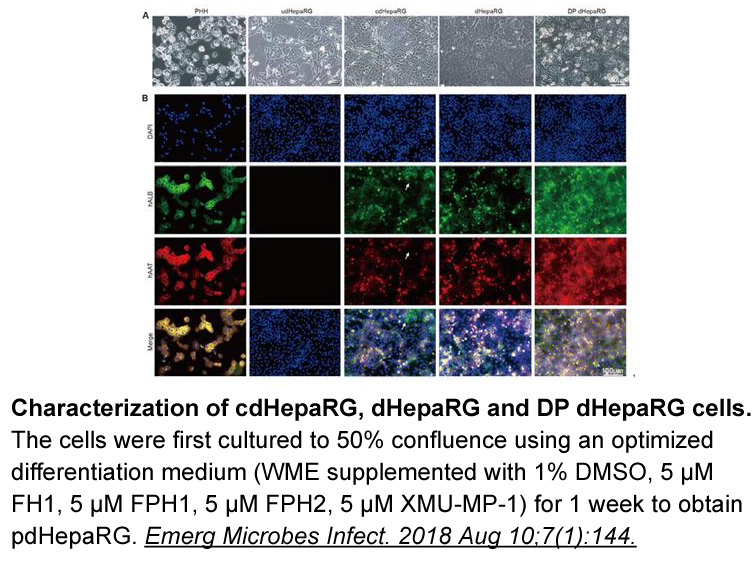
We then undertook computational studies that suggest the cyanobacterial ALDH (and planctomyces ALDH) represent the evolutionary ancestor of human and other eukaryotic ALDH1/2 given that cfALDH contains signature residues matching both the human proteins throughout the surface of the protein and the
-
Members of the Nudix family
2021-06-07
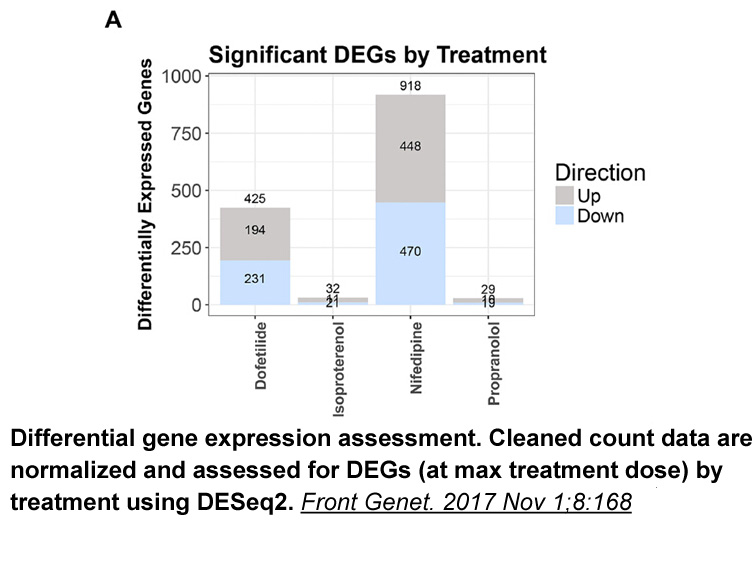
Members of the Nudix family typically contain a 23-amino-acid sequence (Nudix box) of GxExREUxEExGU, where U is usually Ile, Leu, or Val and x represents any amino acid. The EUxEE core residues serve as anchors for an Mg ligand that associates with a characteristic pyrophosphate linkage that is comm
14536 records 636/970 page Previous Next First page 上5页 636637638639640 下5页 Last page